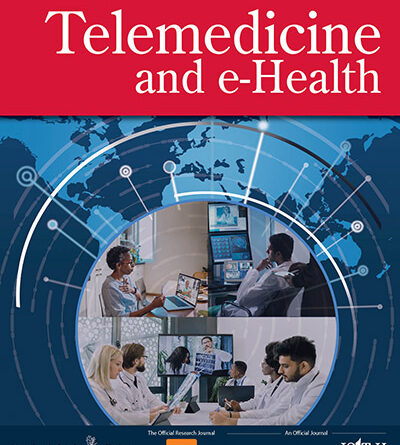Use of Electronic Communication with Clinicians Among Cancer Survivors: Health Information National Trend Survey in 2019 and 2020
[ad_1]
Purpose: To describe cancer survivors’ use of electronic communication (e-communication) with clinicians and identify factors associated with their use, including the COVID-19 pandemic.
Methods: Secondary analysis included cancer survivors (N = 1,482) from the combined Health Information National Trends Survey HINTS 5 Cycle 3 and Cycle 4. Survivors’ use of e-communication was defined by at least one of four e-communication use behaviors in the past 12 months. Bivariate analysis and logistic regression were conducted to examine factors associated with e-communication use. All analyses considered the complex survey design using the jackknife replication method.
Results: The prevalence of e-communication use was 64% among cancer survivors. The overall e-communication use slightly increased after the start of the COVID-19 pandemic (63% vs. 64%, p = 0.79). Older adults (≥65 years old) were less likely to use e-communication (odds ratio [OR] = 0.55; 95% confidence interval [CI], 0.36–0.86); survivors who were white (OR = 2.30; 95% CI, 1.36–3.86), living in a metro area (OR = 2.47; 95% CI, 1.44–4.27), diagnosed with breast cancer (OR = 2.03; 95% CI, 1.06–3.88), seeking cancer-related information previously (OR = 2.89; 95% CI, 1.83–4.58), or having a regular health care provider (OR = 2.07,; 95% CI, 1.10–3.88) were more likely to use e-communication. The start of the COVID-19 pandemic was marginally associated with the increased e-communication use (p = 0.053) when other variables were controlled.
Conclusion: This nationally representative survey analysis has identified disparities in e-communication use among cancer survivors and revealed the potential increase in e-communication use under the impact of the COVID-19 pandemic. Additional support is clearly warranted for those older, nonwhite, living in rural areas, or without a regular provider, to promote their e-communication use for the delivery of optimal and high-quality cancer care.
[ad_2]
Source link


